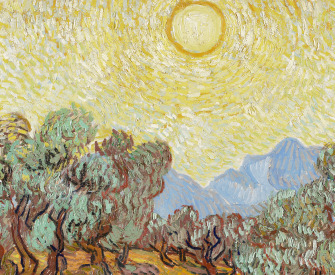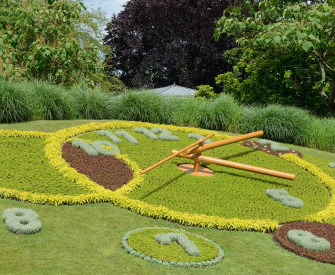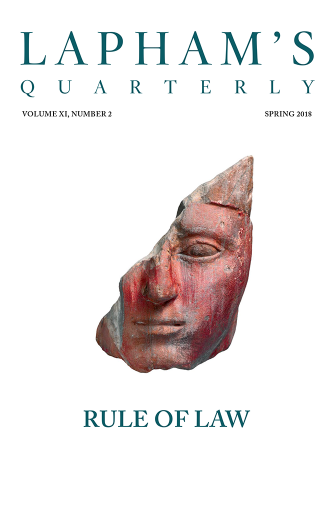Look, my friend,
Behold a sign! What is this crystal sphere—
This little bulb of glass I lightly lift,
This iridescent bubble a child might blow
Out of its brazen pipe to hold the sun—
What strange toy is it? In my hand it lies
Cold and inert, its puny artery—
That curling cobweb film—ashen and dead.
But see—a twist or two—let it but touch
The hem, far trailing, of my lady’s robe,
And lo, the burning life-blood of the stars
Leaps to its heart, that glows against the dark,
Kindling the world.
Even so I touch her garment,
Her servant through the quiet night. Even thus
I lay my hand upon the Pleiades
And feel their throb of fire. Grandly she gives
To me unworthy; woman inscrutable,
Scatters her splendors through my darkness, leads me
Far out into the workshop of the worlds.
There I can feel those infinite energies
Our little earth just gnaws at through the ether,
And see the light our sunshine hides. Out there
Close to the heart of life I am at peace.
From “The Turbine.” In 1912 Monroe took out an advertisement to propose “a small monthly magazine of verse, which shall give the poets a chance to be heard.” She asked a group of businessmen, many of whom were already art patrons, to commit fifty dollars per year for the first five years and raised enough for a five-thousand-dollar annual budget. Poetry magazine launched in October of that year. Monroe pledged that the magazine would have an “open door” policy: “The editors hope to keep free of entangling alliances with any single class or school. They desire to print the best English verse…regardless of where, or by whom, or under what theory of art.”
Back to Issue



